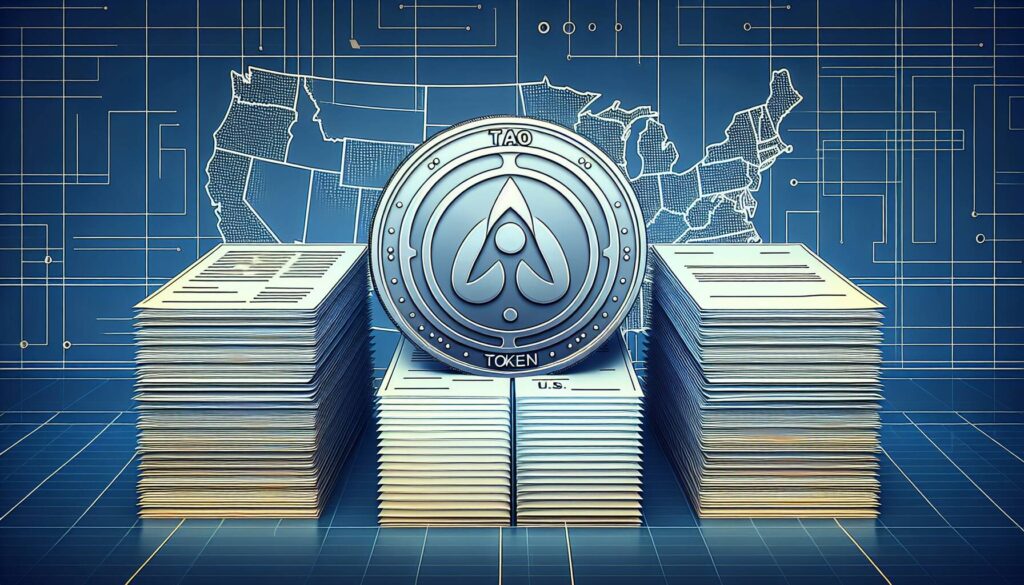In a significant move for the cryptocurrency landscape in Europe, Deutsche Börse Group (DB1) has announced a memorandum of understanding with Circle Internet Group (CRCL). This collaboration aims to integrate Circle’s regulated stablecoins, specifically the euro-pegged EURC and dollar-pegged USDC, into the operational framework of Europe’s financial market infrastructure.
The agreement, revealed in a statement on Tuesday, marks a pivotal step in the evolving world of stablecoins as Europe witnesses a surge of activity in this sector. Notably, SogGen’s FORGE subsidiary has recently broadened its presence with euro-denominated stablecoins, while various European banks are also entering the arena. Circle stands out as a trailblazer in this field, being the first major global issuer to align with the EU’s Markets in Crypto Assets regulation (MiCA), which is set to fully implement at the end of this year.
This partnership is designed to kickstart the listing and trading of these stablecoins on Deutsche Börse’s 360T digital exchange and through its institutional crypto brokerage, Crypto Finance. The custody services for these tokens will be managed by Clearstream, which is part of the group’s post-trade operations, further securing the infrastructure necessary for a seamless transition into the digital finance space.
“Together with Deutsche Börse Group, we’re planning to advance the use of regulated stablecoins across Europe’s market infrastructure — reducing settlement risk, lowering costs, and improving efficiency for banks, asset managers, and the wider market,” stated Jeremy Allaire, co-founder, chairman, and CEO of Circle.
This initiative could transform the way trades are settled in Europe, enabling financial institutions to utilize tokenized euros or dollars, thus moving away from traditional payment systems. As Europe’s capital markets brace for these changes, this effort will serve as a crucial test of whether stablecoins can reliably integrate into the regulated financial framework.

Deutsche Börse and Circle Internet Group Collaboration
The collaboration between Deutsche Börse Group and Circle Internet Group aims to integrate stablecoins into Europe’s financial infrastructure. Here are the key points:
- Memorandum of Understanding Signed: Deutsche Börse Group (DB1) and Circle Internet Group (CRCL) have signed a memorandum aiming to bring regulated stablecoins to Europe.
- Integration of Stablecoins: The initiative is set to incorporate Circle’s euro- (EURC) and dollar- (USDC) pegged tokens into trading, settlement, and custody services across DB1’s platforms.
- Compliance with EU Regulations: Circle has become the first major issuer to comply with the EU’s Markets in Crypto Assets regulation (MiCA), enhancing its regulatory presence in Europe.
- Impact on Financial Transactions: The use of stablecoins is expected to reduce settlement risk, lower costs, and improve efficiency in transactions for banks and asset managers.
- Initiative Launch: Trading of stablecoins is set to commence on 360T’s digital exchange, 3DX, and through Deutsche Börse’s institutional crypto brokerage.
- Role of Custody Services: Clearstream will manage custody, utilizing Crypto Finance’s German entity as a sub-custodian.
- Potential for Market Transformation: This collaboration tests whether stablecoins can be trusted within regulated financial infrastructures, potentially reshaping how transactions are settled in capital markets.
“Together with Deutsche Börse Group, we’re planning to advance the use of regulated stablecoins across Europe’s market infrastructure…” – Jeremy Allaire, CEO of Circle
Comparative Analysis of Deutsche Börse and Circle’s Stablecoin Initiative
The recent collaboration between Deutsche Börse Group and Circle Internet Group signals a significant shift in the European financial landscape regarding the integration of stablecoins into mainstream financial services. As the demand for digital currencies rises, this partnership offers a competitive edge over other players aiming to capture the growing digital asset market.
Competitive Advantages: This initiative allows for the seamless integration of regulated stablecoins, specifically Circle’s EURC and USDC, into established trading and settlement systems. Unlike SogGen’s FORGE, which is also expanding its stablecoin operations, this partnership leverages Deutsche Börse’s robust infrastructure and regulatory compliance under the MiCA. The decision to utilize Clearstream for custody enhances security, making it an attractive option for banks and asset managers who prioritize regulatory assurance. Furthermore, the potential reduction in settlement risk and costs positions this initiative as a feasible alternative to traditional payment systems, thus appealing to a broader range of financial institutions.
Competitive Disadvantages: Despite its advantages, this partnership may face skepticism from institutions accustomed to conventional practices or those wary of adopting new technologies. Additionally, the increasing competition from various stablecoin initiatives and the potential regulatory challenges that could arise as the market evolves may create hurdles. The success of this initiative will largely depend on the willingness of traditional institutions to adapt and embrace changes in their operational frameworks.
This collaboration stands to benefit banks and asset managers seeking innovative solutions to streamline transactions and improve efficiency. However, it may present challenges for legacy systems and institutions reluctant to transition from established payment methods. As European capital markets undergo this transformation, the ability of stablecoins to gain the trust of market participants will be crucial in determining their role in the future financial ecosystem.

















